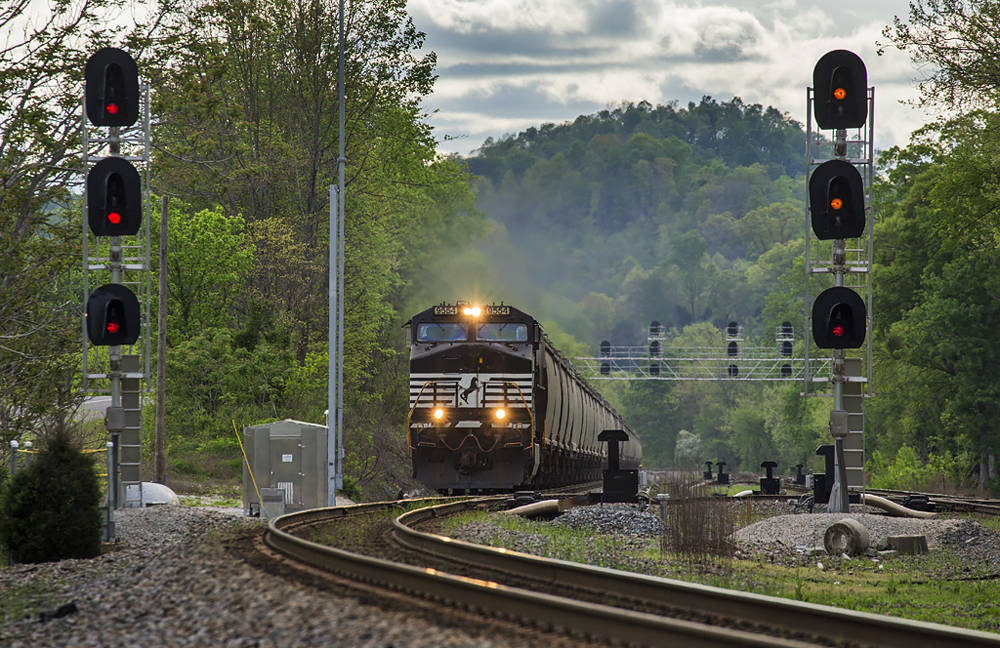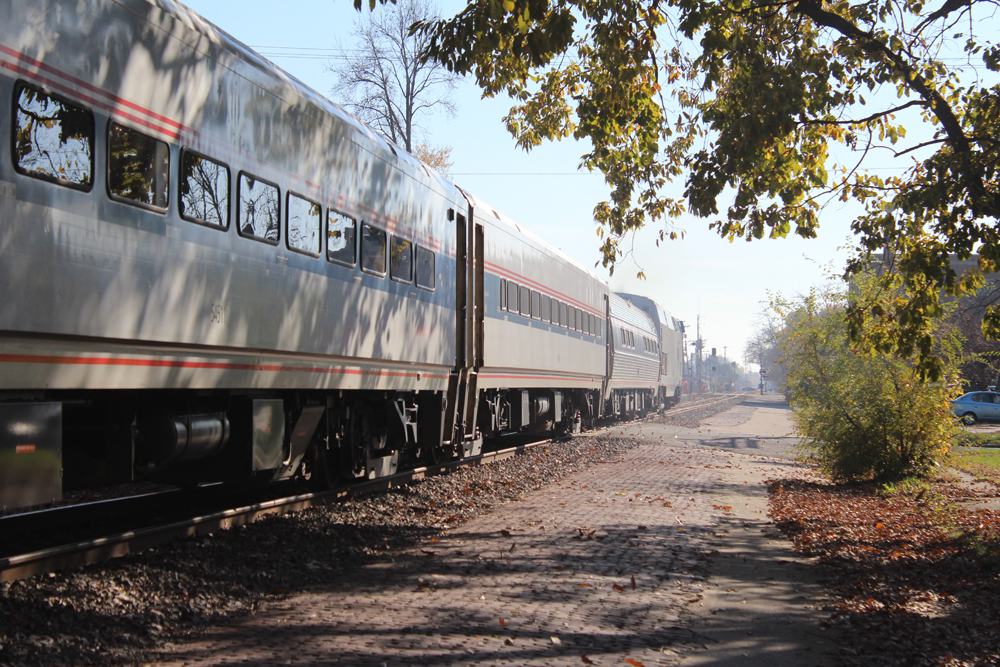
CHICAGO — Inflation is still on the rise, reporting a 9% increase in June, driven in part by higher costs for energy and other commodities hauled by railroads. Updates to the nation’s consumer price index released for June earlier this week noted that inflation rose more than 1% from May as a result of elevated energy prices affecting commodities for a number of other consumables. Inflation is now sustained at levels unseen in 40 years.
Updating some key rail-served commodities:
Coal
Prices continues to flirt with previous highs set in February and May at more than $415 per ton. It is the third time in four months coal has eclipsed the $415 per ton figure. Demand has steadily increased around the globe since pandemic restrictions lifted. Miners have been unable to drastically expand capacity due to workforce and transportation issues, which is contributing to the unprecedented spot market prices. The Russia-Ukraine war is the latest element driving the demand, as fewer buyers express an interest in Russian coal. So far this year, U.S. railroads have moved more than 1.7 million carloads of coal, outpacing last year’s volumes by more than 3%.
Grain
These products are also up by double-digit percentages year-over-year, but have started to show signs of retreating from record highs. Corn is trading for $6.95 per bushel, up more than 130% from pre-pandemic prices of $3.00 per bushel; soybeans are $16.10 per bushel, up 80% from pre-pandemic prices of $8.98 per bushel; and wheat is trading for $7.94 per bushel, up 63% from pre-pandemic prices of $4.87 per bushel. To put into perspective, a standard grain hopper can accommodate more than 3,000 bushels of grain related commodities. Railroads’ grain volumes are currently down about 7% year-over-year; however, winter wheat is in the early stages of being harvested, with the corn and soybean harvest of early autumn expected to lift U.S. carloads into 2022’s fourth quarter.
Lumber
Prices have fallen 60% from historical highs that hit north of $1,500 per thousand board-feet in May 2021, but have since stabilized above $600. Lumber is still up more than 100% from pre-pandemic 2020.
Economists forecast more instability in commodities pricing as inflationary pressure persists. Prices may not recede and maintain at pre-pandemic norms until inflation eases. Until then, high demand for various commodities may entice rail shippers to find new avenues to get their products to the marketplace, building a favorable case for new carload opportunities serving facilities previously dormant.














Very interesting and informative, thank you.
In light of these incredibly high commodity prices, it is a wonder inflation isn’t higher.
Inflation IS higher. The government says 8% to 9%. The real number is twice that, or more.
This report is interesting and should be done again in the furure as it add some real meaning to the weekly carloading reports which set a record for no comments on Train’s Newswire